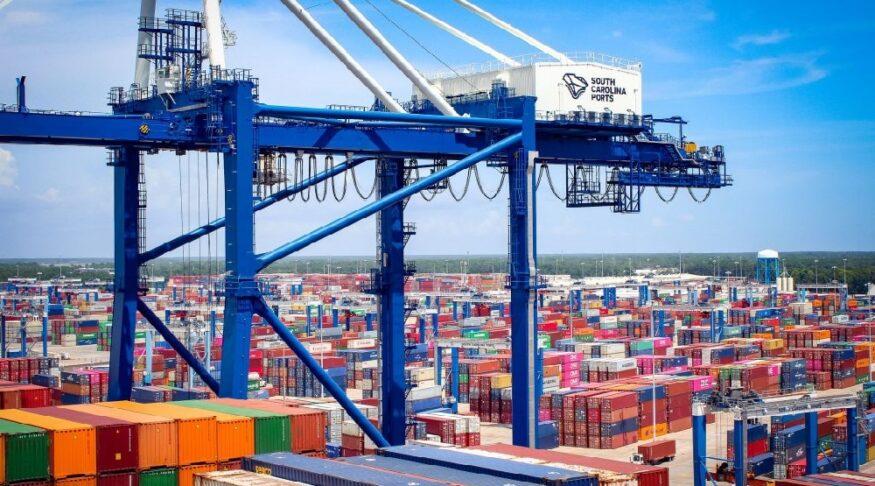If they keep moving at this pace, rates appear to be on trajectory to reach pre-pandemic 2019 levels.
LONDON – Spot ocean container rates fell 3.5% this week to $1,535 per 40-foot container.
According to Drewry’s World Container Index tracking indicator, rates are now down 78.9% from last year and 85% below the peak of $10,377 reached in September 2021. They’ve dropped 13% in a month, and are now 43% lower than the 10-year average of $2,688.
Rates from Shanghai to New York saw a 7% drop to reach $2,543 per 40-foot container. Shanghai to Los Angeles was also significant, dropping 6% to $1,642.
If they keep moving at this pace, rates appear to be on trajectory to reach pre-pandemic 2019 levels. They’re now just 8% higher than the pre-pandemic average of $1,420.
Drewry doesn’t expect the decline to continue however, instead predicting rates to increase over the coming weeks. Container giants Hapag-Lloyd (the world’s fifth largest ocean carrier) and Zim (10th largest) both said last month that rates cannot remain low for long, as costs are too high to be sustainable.
“When you look at rates falling back to pre-COVID levels, those rates are not sustainable in the long run because costs have come up,” Hapag-Lloyd CEO Rolf Habben Jansen said in an earnings call. “The reality today is that everybody faces costs that are 25% to 30% higher.”
It’s unclear if carriers can afford to raise rates when demand is this diminished. Increased container capacity and the recent ILWU contract resolution are also playing a role.
“Freight rates slumped for the second successive week, with the Shanghai Containerized Freight Index losing over 9% in the last two weeks as carriers continued to slash rates on the transpacific routes,” wrote ocean container fleet watcher Linerlytica in a blog post this week. “The resolution of the ILWU contract negotiations will further weaken the transpacific rate outlook as the risk of any peak season disruption to cargo flows to the U.S. is materially reduced.
“Carriers need to reduce their capacity deployed to stop the rate collapse but their options are severely limited with the influx of new tonnage gathering pace as new containership capacity delivered has reached a new record high of 256,000 TEUs over the last four weeks,” it continued.
Contract rates are also down, with annual contracts being renewed at sharply lower levels, reported FreightWaves.
Source: https://www.furnituretoday.com/


YOUR COMMENT